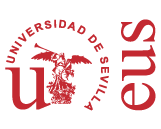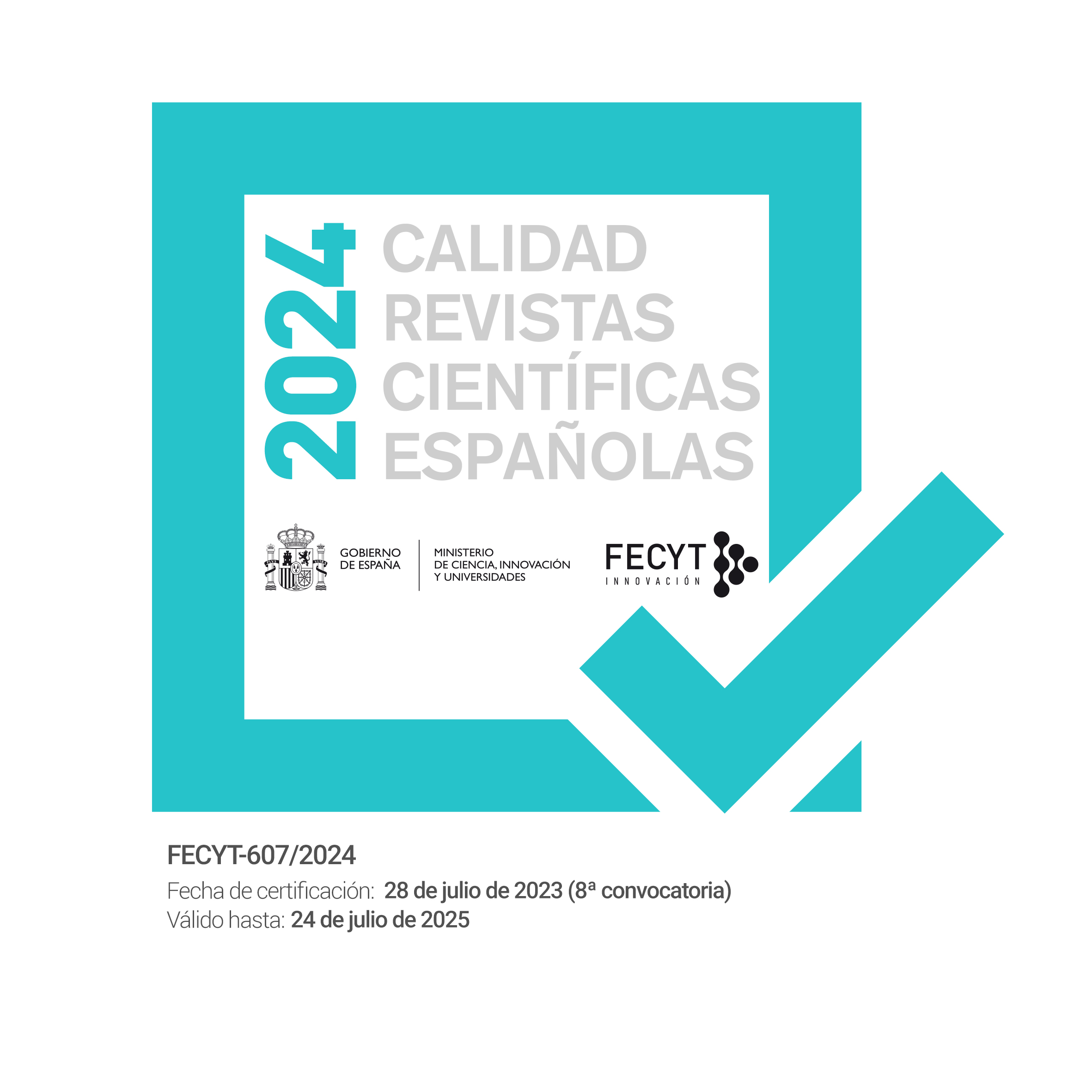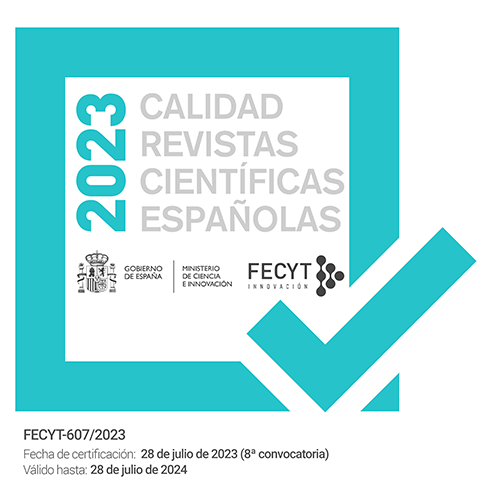Submissions
Submission Preparation Checklist
As part of the submission process, authors are required to check off their submission's compliance with all of the following items, and submissions may be returned to authors that do not adhere to these guidelines.- The submission has not been previously published or submitted for consideration by any other journal (or an explanation has been provided in the Comments to the Editor).
- The submission file is in OpenOffice, Microsoft Word, RTF, or WordPerfect format.
- Whenever possible, URLs are provided for references.
- The article meets all the conditions set out in the publication standards regarding format: The reference format will be DIN A-4, the margins will be 2 cm on each side (top, bottom, right and left), font: Arial 10, 1.5 of separation between lines.
- The text meets the stylistic and bibliographic conditions included in Author Guidelines.
- In the case of sending the text to the peer evaluation section, follow the instructions included in "Manuscript submission".
- The article is focused on the theme. It is not rambling or incoherent.
- The title page has all of the following elements: article title (in Spanish and English), full name/s and surnames of the author/s, email address of each author after the name, name of the usual workplace, responsible for correspondence, funding sources, scholarships, equipment or financial support, brief presentation of the most relevant contributions, indication of whether it has been partially presented to a congress.
- Meets the linguistic and spelling standards of the corresponding language.
- The summary page consists of all of the following documents: abstract and keywords.
- In the case of articles for the monography or miscellany section, the body of the article consists at least of: introduction, materials and method, results, discussion and bibliographic references.
- The article includes significant and updated bibliography.
Monographic Papers
Scientific papers that respond to the monographic topic of the issue
Make a new submission to the Monographic Papers section.
Miscellaneous Papers
Papers about different topics within the editorial line of the journal.
Make a new submission to the Miscellaneous Papers section.
Copyright Notice
Authors who publish in this journal accept the following conditions:
- Authors retain the copyright and assign to the journal the right of the first publication, with the work registered with the Creative Commons attribution license, which allows third parties to use what is published as long as they mention the authorship of the work and that it has been published in this journal.
- Authors may enter into other independent and additional contractual agreements for the non-exclusive distribution of the version of the article published in this journal (eg, include it in an institutional repository or publish it in a book) as long as they clearly indicate that the work was first published in this magazine.
- Authors are allowed and recommended to publish their work on the Internet (for example on institutional or personal pages) before and during the review and publication process, as it can lead to productive exchanges and greater and faster dissemination of published work (see The Effect of Open Access).
Privacy Statement
The names and email addresses entered in this magazine will be used exclusively for the purposes stated in it and will not be provided to third parties or for use for other purposes.













